Sofas designed to enable the sitter to adopt multiple positions have a long, illustrious pedigree. Charles and Ray Eames’s freeform La Chaise of 1948 allowed the user to sit upright, curl up, recline or sprawl. De Sede’s idiosyncratic yet stylish DS-1025 Terrazza sofa, dreamt up in 1974 by Swiss designer Ubald Klug, offers greater flexibility, inviting users to perch at various heights or clamber over it at whim thanks to its tiered structure that simultaneously offers soft nooks conducive to cosy nestling.
Comprising units that abut and can be extended, the Terraza is ideal for social gatherings. When several units are conjoined to form a rectangle, the tiers facing inwards dip down, forming a conversation pit – that ultimate 1970s social space.
Its moniker comes from the terraces of Swiss vineyards. The slender, horizontal layers evoke a tiered topography, especially when units are multiplied, resulting in a complex seating system. “The Terrazza is perfect for lounging,” says de Sede CEO Monika Walser. “It’s been in demand for almost 50 years, appealing to design fans and celebs alike – including Mick Jagger. A special edition in gold made a glamorous appearance at a recent Zurich Film Festival.”
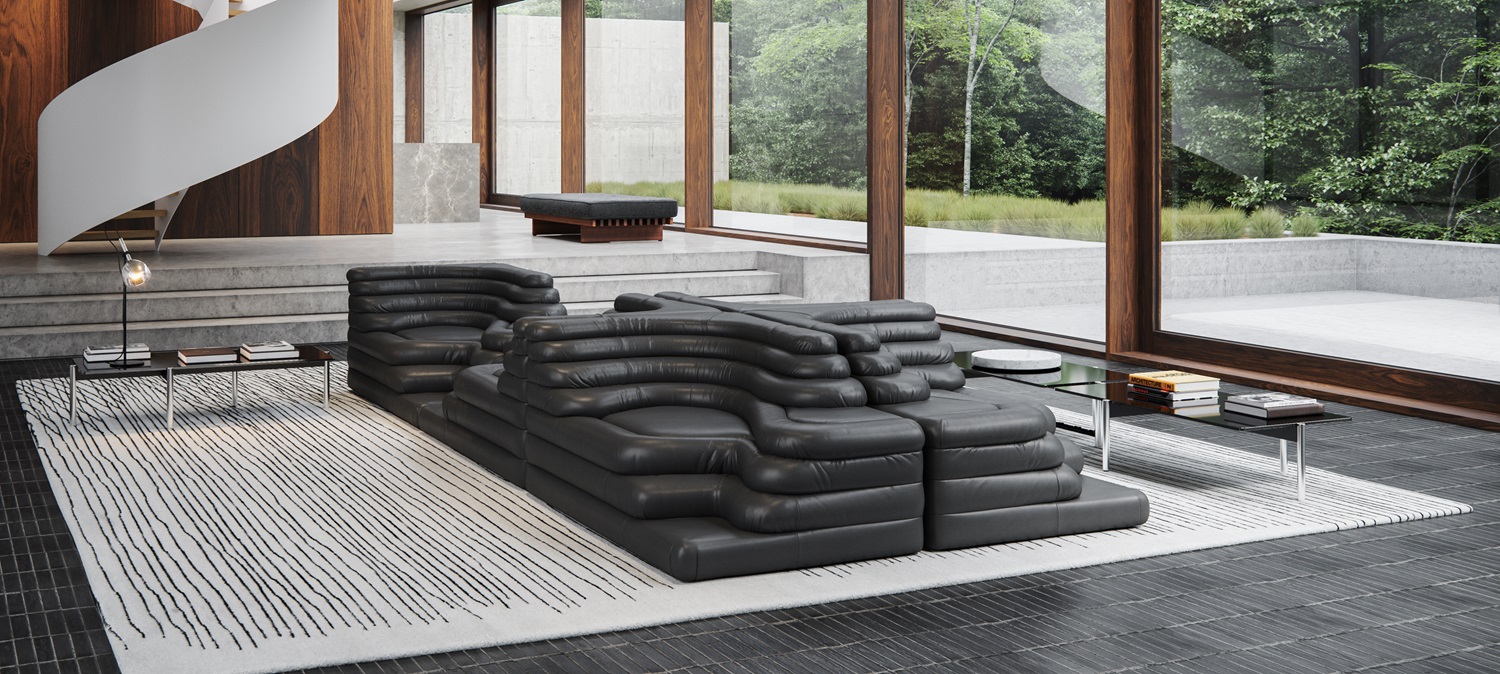
With endless composition possibilities, de Sede’s Terrazza embodies the 1970s concept of a conversation pit.
The seeds of DS-1025 Terrazza were sown in 1970 when architect and consultant Alfred Hablützel connected Klug with de Sede, which started life in 1962 as a saddler’s workshop in Klingnau, Switzerland. Klug was a cutting-edge designer who had created a prototype for prefab housing and a cockpit for a French airline. He presented a sketch of a sand dune morphing into seating, and de Sede agreed to the idea, provided it could be covered in leather.
During the 1970s an increasing trend in interior design called for flexible furniture that suited increasingly informal lifestyles. With the Terrace, Klug gave de Sede’s the chance to stay at the forefront of this trend. Another example worth mentioning is Alessandro Becchi’s versatile 1970 Anfibio sofa, which converts into a double bed.
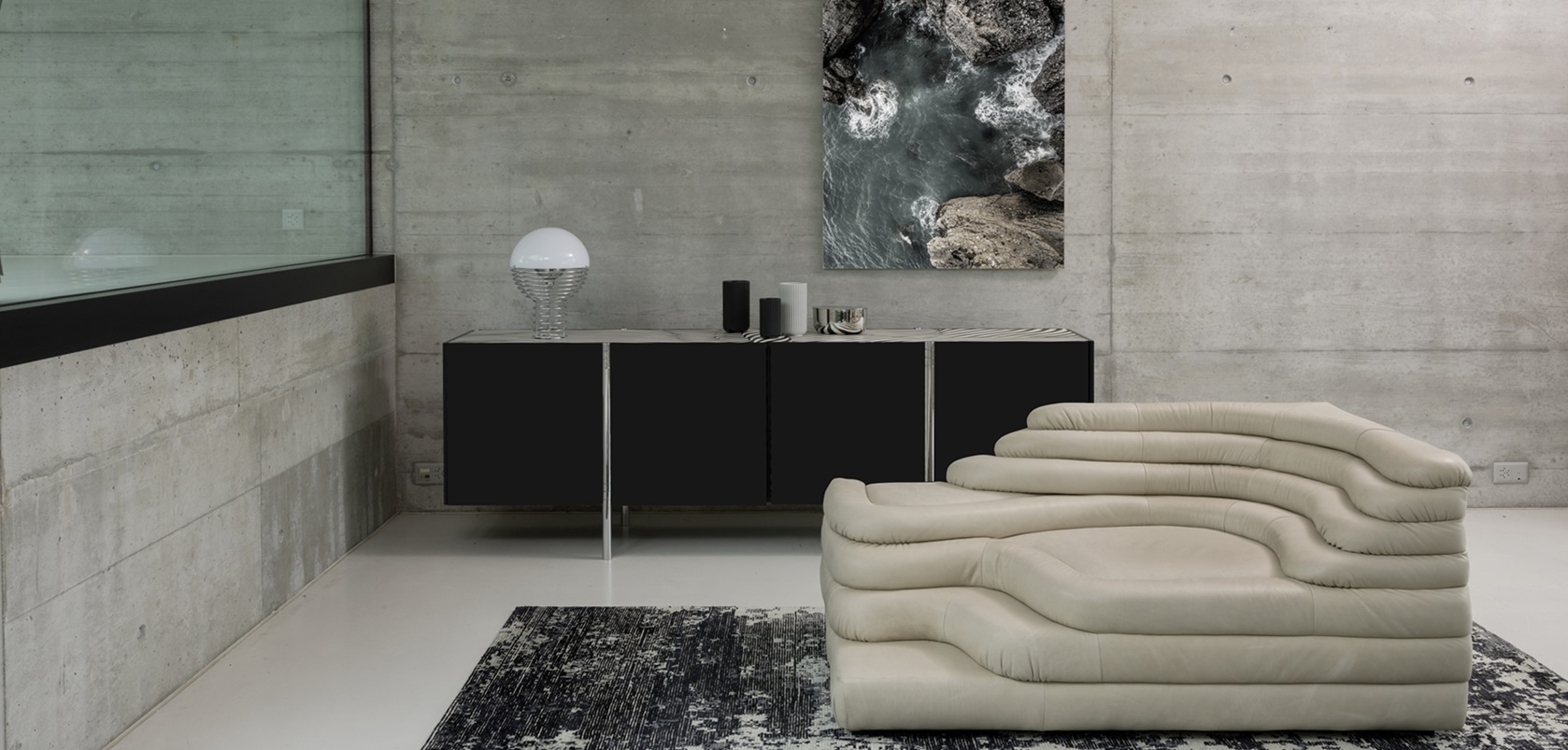
As in the case of the interiors from the Pop Art generation, with the DS-1025 Terrazza, customers can create an extended sofa or a seating pyramid just by adding individual blocks.
The DS-1025 Terrazza also has a strong Pop Art aesthetic. Its sensual, rippling curves echo those of avant-garde Italian design studio Archizoom Associati’s 1960s Superonda and Safari sofas, whose playfully organic forms challenged modernist rationality.
The sofa is now available in many shades, including chic ecru, toffee brown and sumptuous black-cherry red. Its flamboyant style also makes it a favourite of interior designers – notably Kelly Wearstler, who is famous for her bold, theatrical style. And the Terrazza chimes with today’s trend for sociable sofas in curvy shapes inspired by nature. A more low-key example of the trend is British designer Lucy Kurrein’s Isola sofa, which nods to the organic contours of coastlines and islands.
More information and prices, HERE.
Words: Dominic Lutyens





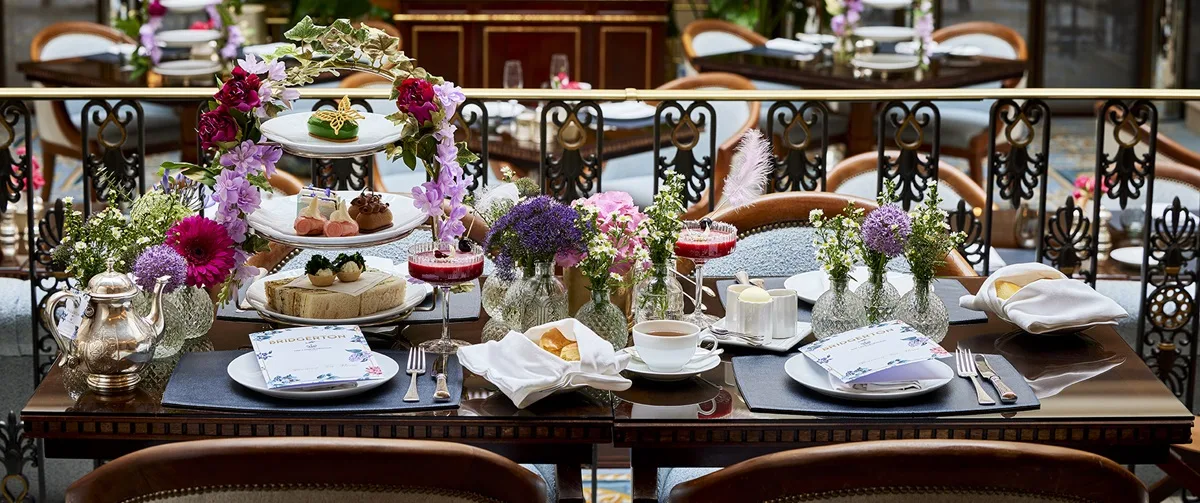
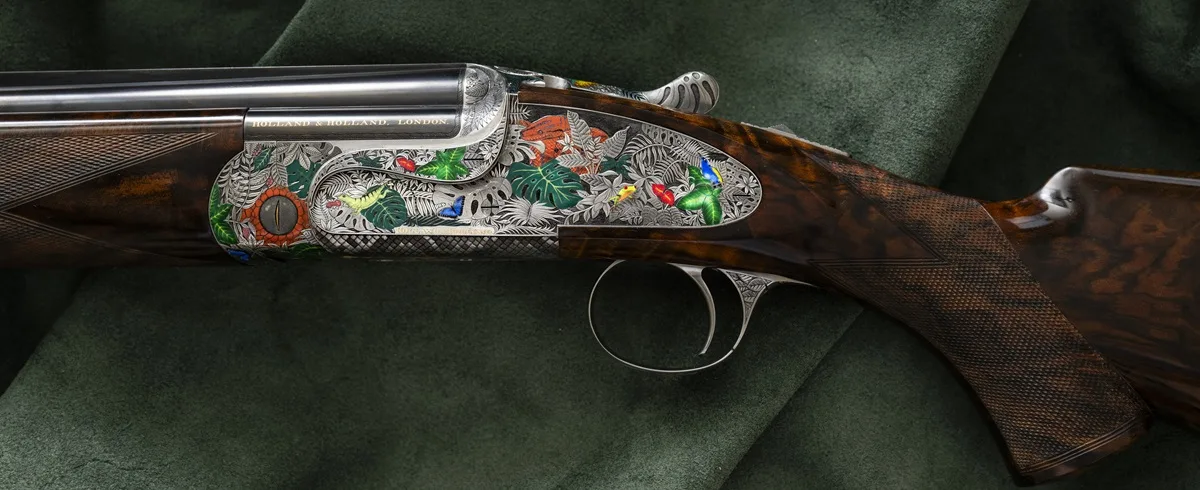


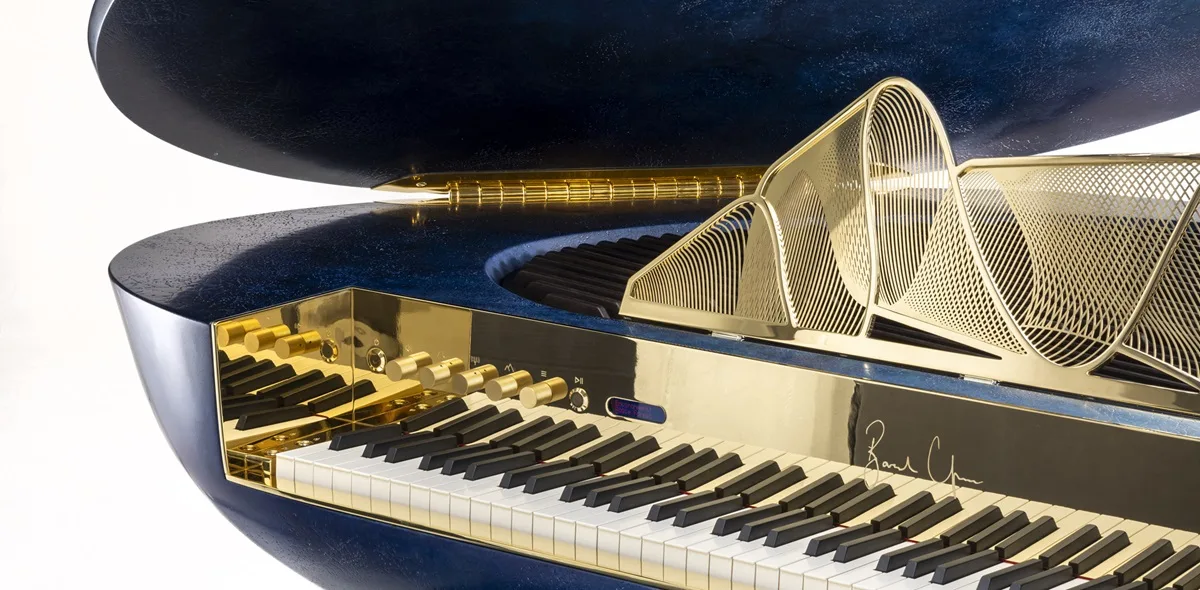
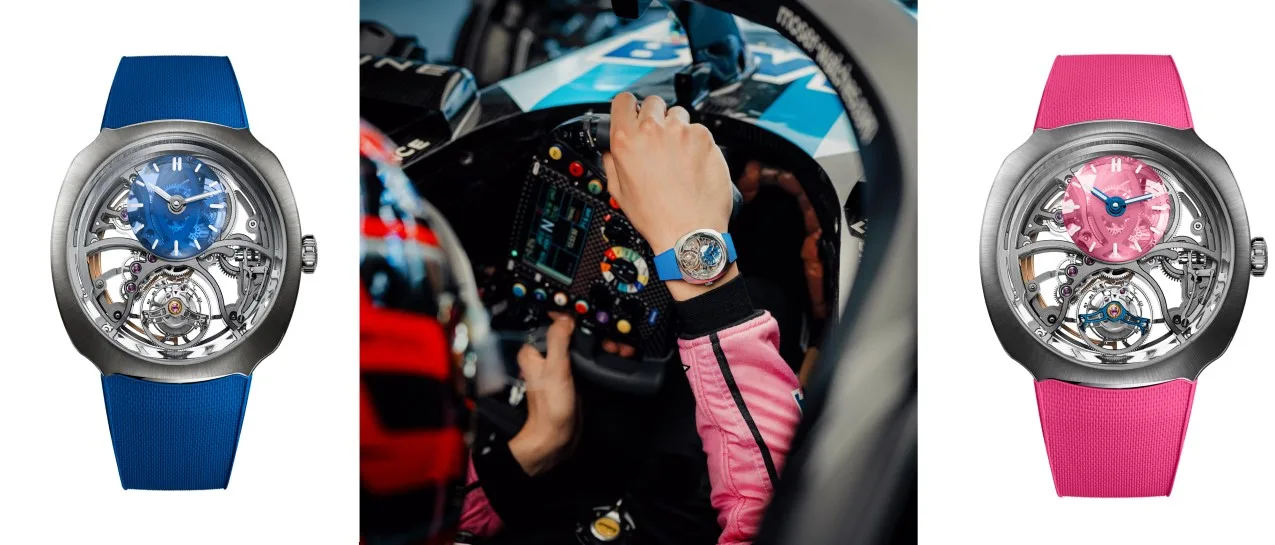
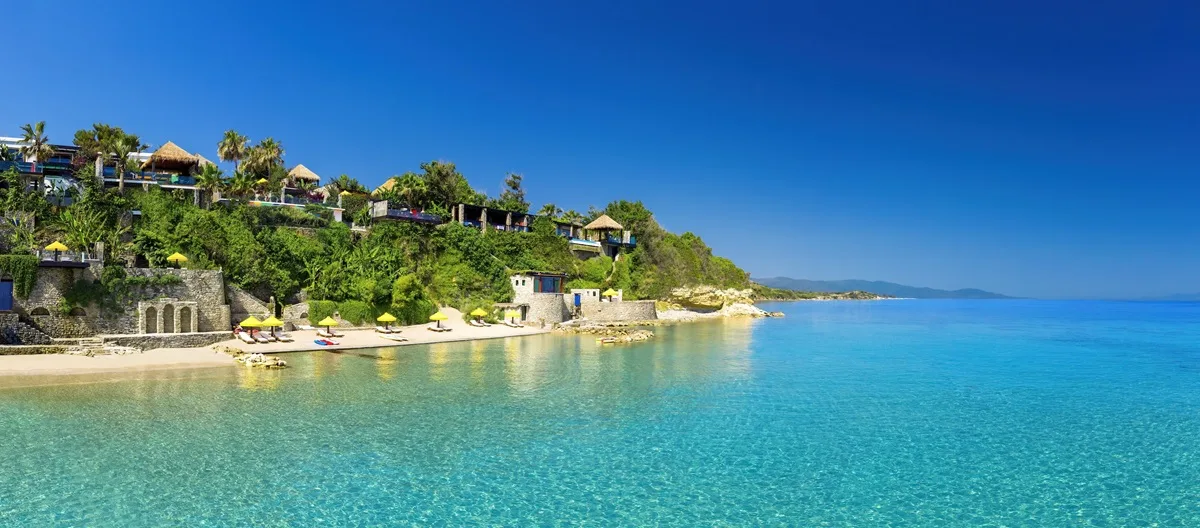


Show Comments +